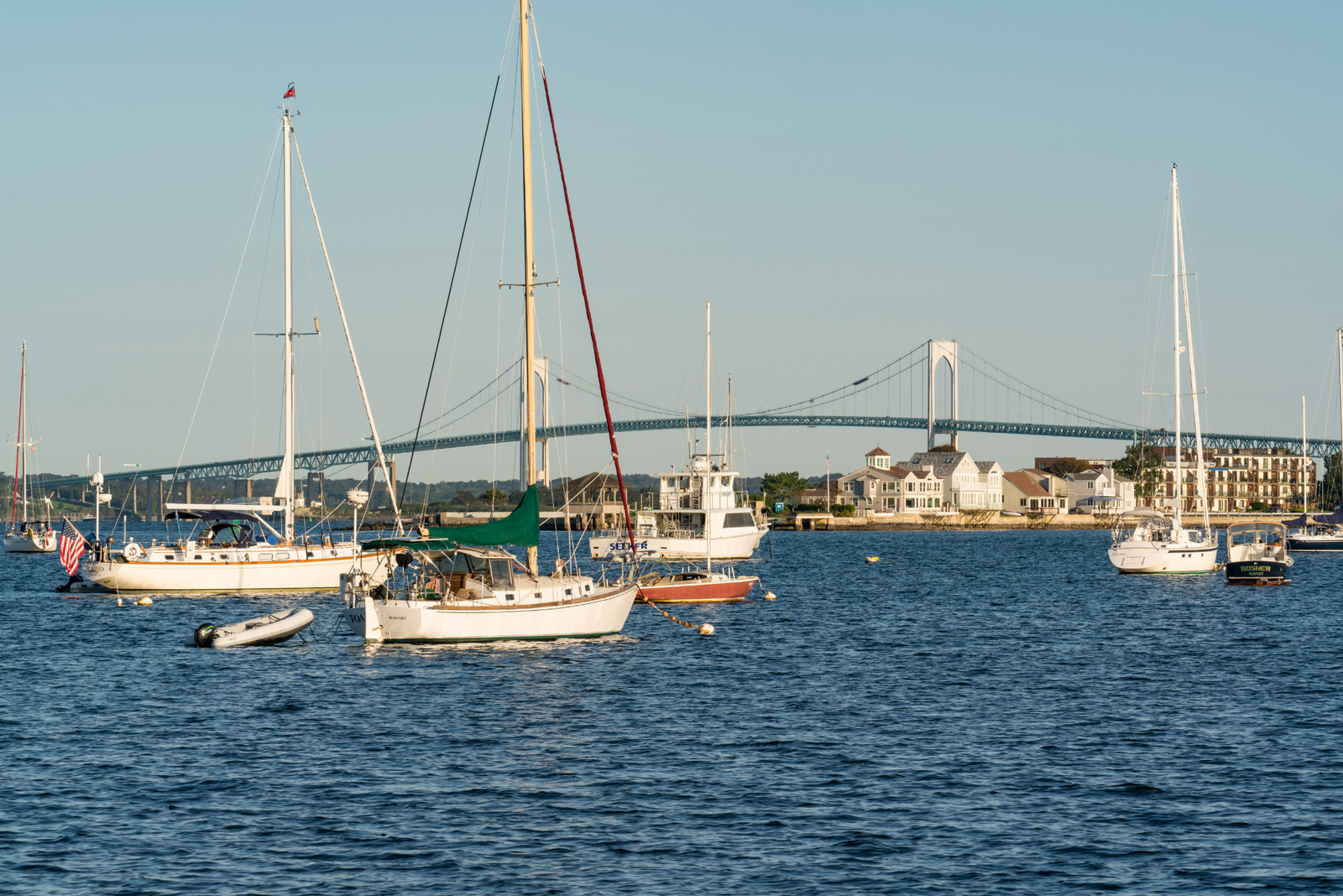Chart a Course for Savings! 15% Off with TAKE15
Chart a Course for Savings! 15% Off with TAKE15

Learn the Rules of the Road at Sea
by Bob Figular December 13, 2024
The open water doesn’t have white lines and turning lanes — that’s why mariners need a standardized way to determine who has the right of way in any given situation. The Rules of the Road at sea serve to help vessels of all types and sizes share the water safely.
You can review the “Rules of the Road” by referring to the Navigation Rules of the Road handbook published by the U.S. Coast Guard. It’s also available through the U.S. Government Publishing Office.
In the meantime, it helps to have a simple glossary of definitions before you start studying.

International vs. Inland Rules of the Road at Sea
International Rules are for all vessels on the high seas and in connecting waters navigable by seagoing vessels. Meanwhile, Inland Rules apply to all vessels upon the inland waters of the U.S. and to U.S. vessels on the Canadian waters of the Great Lakes (to the extent that there isn’t a conflict with Canadian law).
The International Rules were formalized at the Convention on the International Regulations for Preventing Collisions at Sea in 1972. These rules are commonly called “72 COLREGs.”
Inland Rules have certain extra precautions that International Rules don’t. In our discussion of basic rules, each is stated the same for international and inland waters unless otherwise specified.

Definitions of Common Terms
Except where the context otherwise requires, the following definitions apply to the Rules of the Road at sea:
- Inland waters: The navigable waters of the U.S. shoreward of the demarcation lines that divide the high seas from harbors, rivers, and other bodies of water of the U.S. and the Great Lakes on the U.S. side of the international boundary.
- Demarcation lines: The lines that designate those waters upon which mariners must comply with the 72 COLREGs and those upon which mariners must comply with the inland navigation rules. Nautical charts typically include a demarcation line that shows when the navigation Rules of the Road at sea transition from inland to international. These demarcation lines generally follow the coastline, cross-inlets, and bays. International Rules apply on the seaward side of the demarcation lines.
- Underway: A vessel that’s not anchored, made fast to shore, or aground.
- Vessel: Includes every description of watercraft, including non-displacement craft and seaplanes, used or capable of being used as a means of transportation on water.
- Power-driven vessel: Any vessel propelled by machinery.
- Sailing vessel: Any vessel under sail, provided that propelling machinery, if fitted, isn’t being used.
- Vessel engaged in fishing: Any vessel fishing with nets, lines, trawls, or other fishing apparatus that restricts maneuverability; this doesn’t include a vessel fishing with trolling lines or other fishing apparatus that don’t restrict maneuverability.
- Seaplane: Any aircraft designed to maneuver on the water.
- Restricted visibility: Any condition in which visibility is restricted by fog, mist, falling snow, heavy rainstorms, sandstorms, or other similar causes.
Continue Your Learning
These definitions are just a primer for the real Rules of the Road at sea. If you want to delve deeper into maneuvering and navigating in your vessel, start by earning your captain’s license. You can earn your license entirely online — anytime, anywhere — with Mariners Learning System. Learn more about our courses today.
Leave a Comment
Comments will be approved before showing up.
